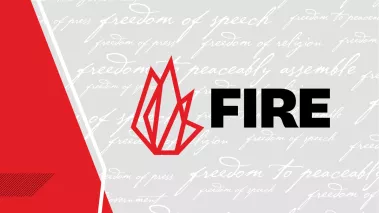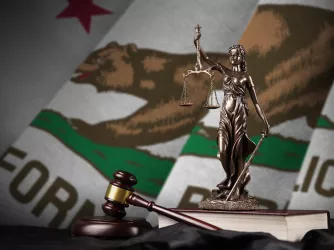Table of Contents
Dear Associated Press: Welcome to Our World. Sincerely, Student Press

As the nation focuses on the news about the Department of Justice's monitoring of the Associated Press (and other reporters), it's easy to forget that many student media outlets routinely endure egregious treatment from administrators at their schools. But yesterday, writers Devin Karambelas and David Schick penned a spot-on article for USA TODAY reminding us of just that:
Student newspapers often deal with many questionable — and sometimes downright illegal — actions from administrators who shut down operations over an explicit sex issue, campus safety officers who refuse to provide any criminal records (including of a sexually violent nature), student government associations that cut print funding in retaliation and colleges that avoid open-record laws to conduct presidential searches in secrecy.
Karambelas and Schick, who are listed as "collegiate correspondents" for USA TODAY (and are likely students themselves) may well have experienced this firsthand, as FIRE has seen many cases where such strategies are used by administrators to interfere with freedom of the student press.
For instance, the authors describe what happened at Central New Mexico Community College (CNM) earlier this year as a perfect example of the kinds of difficulties student newspapers face from administrators. Upon the release of a sex-themed issue, administrators at CNM shut down the campus newspaper, The CNM Chronicle, and pulled its issues from racks across campus, claiming that their motivation was to protect a minor who had been questioned in the issue (The Chronicle had obtained parental permission to print her answers). Though the administration later reinstated the paper after receiving a letter from FIRE, CNM faculty are still displeased with the lack of apology or affirmation of the First Amendment from their administrators.
An equally chilling threat to free press came to us from Stanford University last week. In the Stanford Daily, editor in chief Miles Bennett-Smith writes of an email he received one morning this month—along with a follow-up call 20 minutes later—in which an administrator accused the newspaper of printing a libelous story. Though Bennett-Smith knew his free press rights, he points out that the email itself seemed intimidating:
And while I have no way of knowing whether or not the actions of the senior official who contacted me were at the direction of the general counsel or any other group of University administrators, they felt and read strongly like intimidation.
[...]
In fact, after I noted that The Daily had done its due diligence and was neither malicious nor negligent in its coverage of the story, the official was very agreeable. But that does not make the email go away nor change the tone of what read as a threat of a lawsuit should The Daily not take the story down and redact the names of the officials alleged to have done wrong.
Though FIRE has not seen a case of administrators demanding the phone records of student newspaper offices, many of the actions taken by college officials—from blatant censorship to implied threats—do much to stifle the free press rights of students on campus. Unfortunately, an administration keeping tabs or trying to control a media outlet is not something limited to the Associated Press; it begins much earlier than that.
Recent Articles
FIRE’s award-winning Newsdesk covers the free speech news you need to stay informed.

FIRE to SCOTUS: TikTok ban violates Americans' First Amendment rights

California and other states are rushing to regulate AI. This is what they’re missing

One day after FIRE lawsuit, Congress passes changes to filming permits in national parks
